Some islands around the world are known for their beauty and isolation, but others hold fascinating, little-known stories that make them truly unique. From places steeped in mystery and intrigue to those with historical significance that shaped global events, these remote locations have histories as captivating as their landscapes. Each of these offers a glimpse into the past that few people have heard of. Here are some of the most intriguing remote islands with histories that will leave you fascinated.
Kerguelen Islands – Southern Indian Ocean

The Kerguelen Islands, often referred to as the “Desolation Islands,” are one of the most remote places on Earth, located in the southern Indian Ocean. This archipelago, governed by France, is about 2,000 miles away from the nearest human settlements. Initially discovered in 1772 by French explorer Yves-Joseph de Kerguelen, these have long been uninhabitable due to their harsh and windy climate. They have a rich history as a base for scientific research, with the only human presence being temporary research stations. During World War II, they were used as a meteorological outpost by the German Navy. Today, they are known for their stark, glacier-covered landscapes and diverse wildlife, including penguins, seals, and seabirds. While virtually inaccessible to tourists, the islands continue to serve as a hub for scientific exploration in one of the planet’s most unforgiving environments.
Socotra Island – Yemen
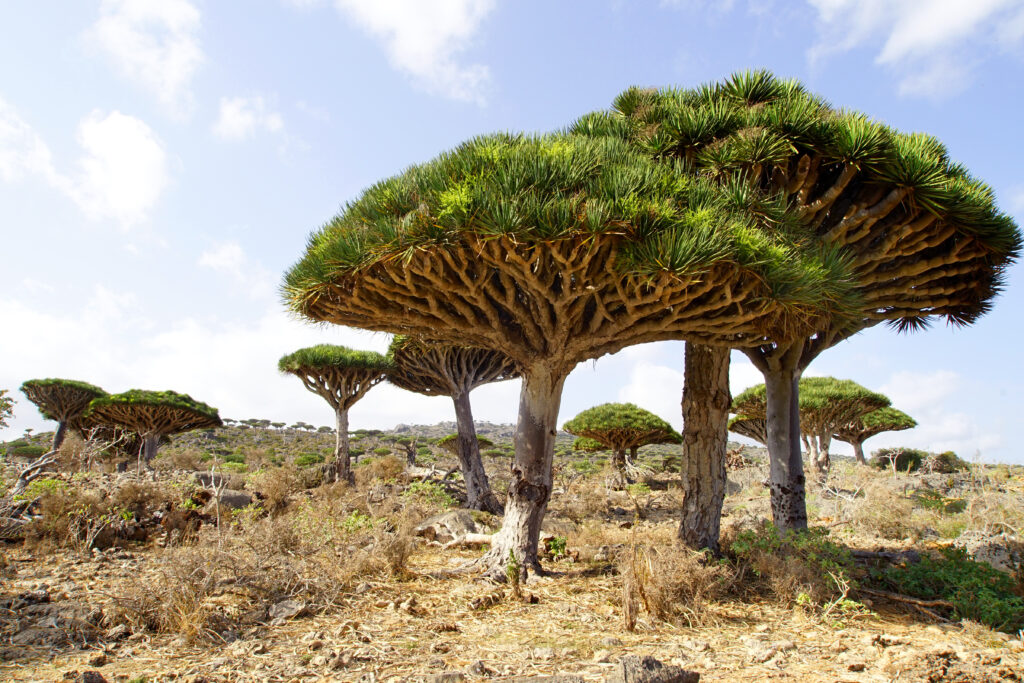
Socotra Island, located in the Arabian Sea off the coast of Yemen, is famous for its alien-like landscapes and unique biodiversity. It has been isolated from mainland Africa for millions of years, leading to the evolution of species that are found nowhere else on Earth. Among the most remarkable is the Dragon’s Blood Tree, named for its red sap, which has been used for medicinal and artistic purposes for centuries. Its history is also steeped in ancient myths and legends, and it was once a key stopover for traders navigating between the Arabian Peninsula and India. It was even mentioned in Greek and Roman texts due to its important role in the incense trade. Today, the ongoing conflict in Yemen threatens the island’s ecosystem, but efforts continue to preserve its unique flora and fauna.
Tristan da Cunha – South Atlantic Ocean
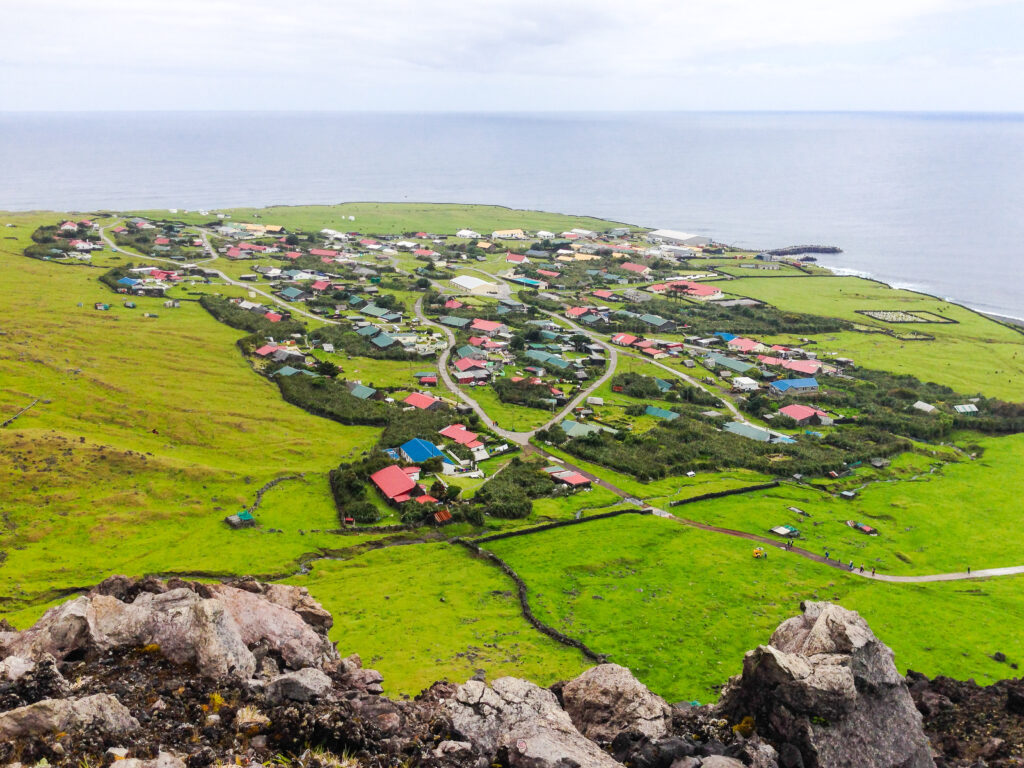
Tristan da Cunha, the world’s most remote inhabited island, sits in the South Atlantic Ocean, over 1,500 miles from the nearest landmass, South Africa. Discovered in 1506 by Portuguese explorer Tristão da Cunha, it was settled by British soldiers in the early 19th century. Its history includes volcanic eruptions, which have forced its tiny population to evacuate multiple times, most notably in 1961. Its isolation has made it a fascinating site for scientific research, particularly in the fields of biology and geology. It is also home to the world’s most isolated community, with fewer than 300 residents, primarily descended from a few original settlers. Despite its remoteness, its wildlife, including rare bird species and marine life, attracts attention from conservationists.
Pitcairn Island – South Pacific Ocean
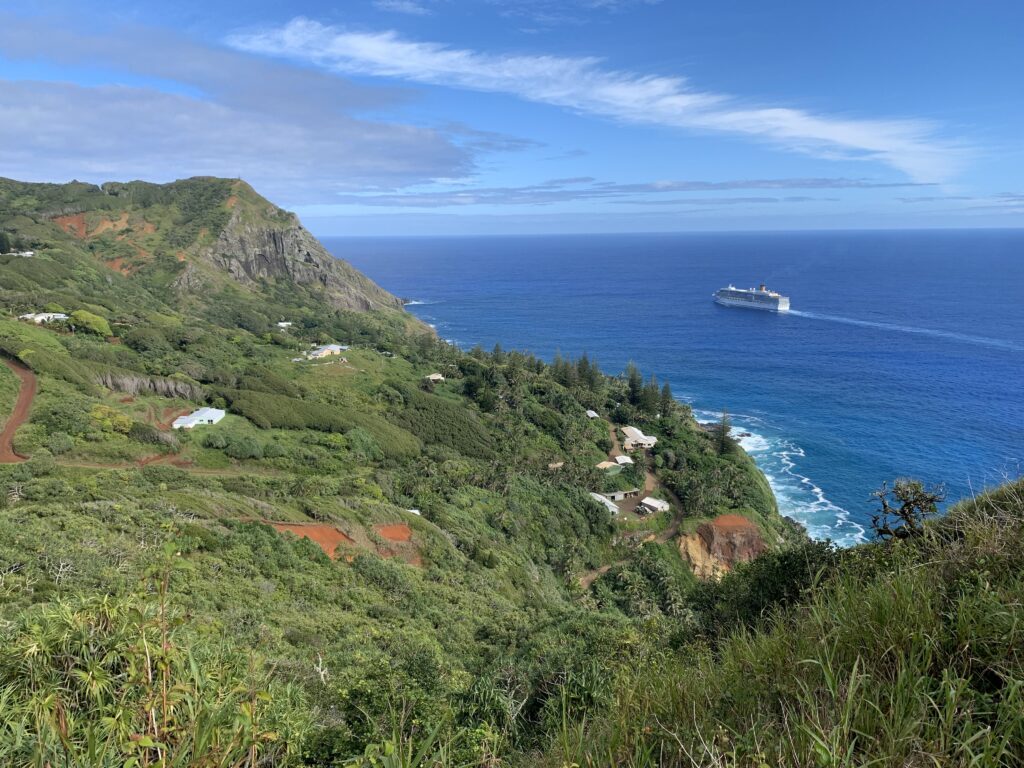
Pitcairn Island, one of the most remote inhabited islands in the world, lies in the South Pacific Ocean. Best known for being the refuge of the Bounty mutineers in 1790, it became home to the mutineers and their Tahitian companions after they seized the HMS Bounty. The descendants of these mutineers still live on the island today, maintaining a close-knit community with a population of fewer than 50 people. Over the centuries, it has been visited by explorers, whalers, and even British royalty. Due to its isolation, it relies heavily on supply ships that visit only a few times a year. The rugged terrain, steep cliffs, and rocky coastline make the island a challenging but beautiful destination.
Bouvet Island – South Atlantic Ocean

Bouvet Island, a Norwegian territory in the South Atlantic, holds the title of the most remote island on Earth. Located over 1,000 miles from the nearest landmass, it is an uninhabited volcanic island covered mostly by glaciers. It was discovered in 1739 by French explorer Jean-Baptiste Charles Bouvet de Lozier, but it wasn’t until the early 20th century that it became a Norwegian dependency. Its extreme isolation has made it a prime site for scientific research, especially in meteorology and marine biology. Access to it is rare, as it is only reachable by special expeditions, and its harsh environment limits the amount of time researchers can stay. Despite its inaccessibility, it has played a role in Cold War history, as several mysterious events, including the discovery of abandoned lifeboats, have sparked intrigue.
St. Helena Island – South Atlantic Ocean
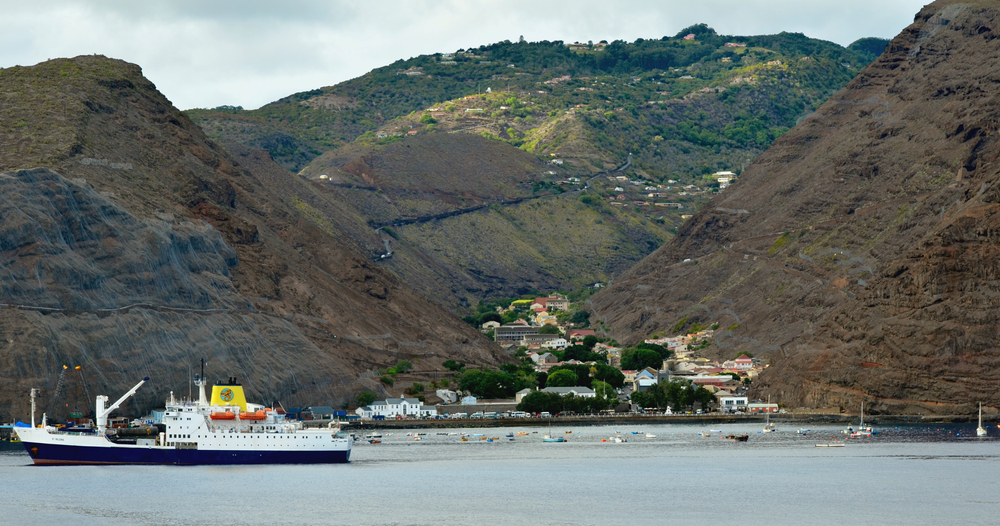
St. Helena Island, located in the South Atlantic Ocean, is famous for being the final place of exile for Napoleon Bonaparte. Following his defeat at the Battle of Waterloo, he was imprisoned on this remote British Overseas Territory from 1815 until his death in 1821. The island’s isolation made it an ideal location for housing the fallen emperor, and his residence, Longwood House, is now a museum. In addition to Napoleon, St. Helena has hosted other notable figures, including Charles Darwin, who visited during his voyage on the HMS Beagle, and astronomer Edmond Halley, who conducted observations of the southern hemisphere’s stars. Its rugged volcanic landscape and rich biodiversity attract adventurers and history enthusiasts alike. While it was once accessible only by ship, the island became more reachable in 2017 with the opening of its airport.
Easter Island – Chile

Easter Island, known for its mysterious moai statues, is located in the southeastern Pacific Ocean and is one of the most remote inhabited islands in the world. These massive stone statues, which date back to between 1400 and 1650 AD, were created by the Rapa Nui people and remain a mystery to this day. Its isolation has allowed the statues to be preserved, and they continue to attract researchers and archaeologists who attempt to understand their cultural significance. The history of this location also includes a tragic chapter of environmental collapse, as deforestation and resource depletion led to the downfall of the Rapa Nui civilization. In the 19th century, it suffered from European colonization, slave raids, and the introduction of diseases, further decimating its population. Today, it is a UNESCO World Heritage site, and efforts are underway to protect its archaeological treasures and fragile ecosystem.
Ascension Island – South Atlantic Ocean
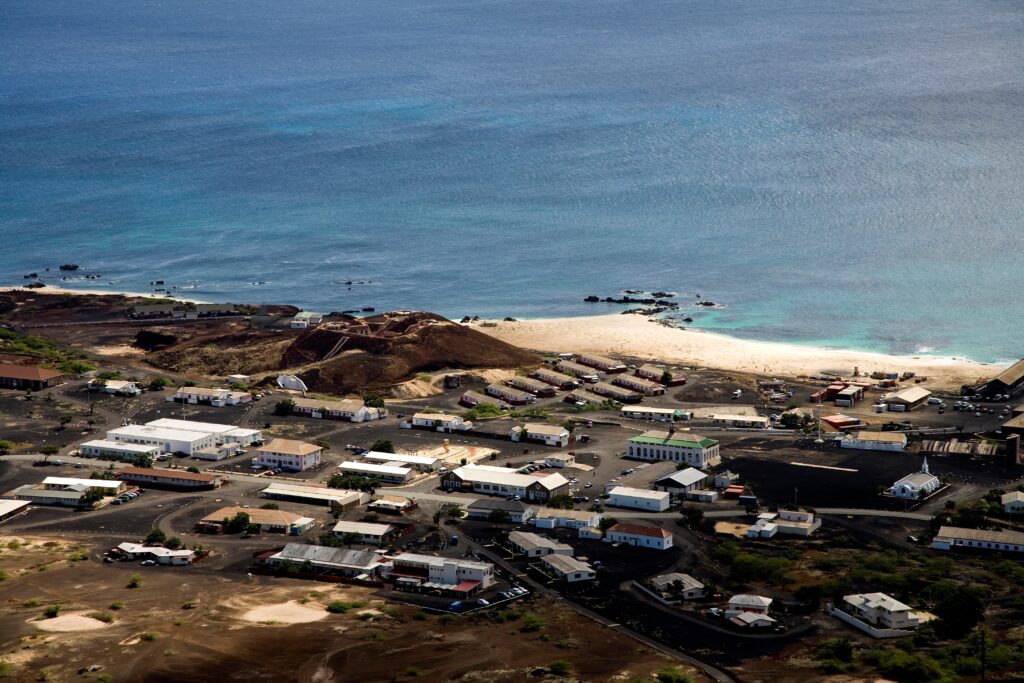
Ascension Island, located between South America and Africa in the South Atlantic, has a fascinating history intertwined with military, scientific, and ecological developments. Initially discovered in 1501 by the Portuguese, it was not permanently inhabited until 1815 when the British Royal Navy established a garrison there. It played a key role during World War II as an airbase for Allied forces and again during the Falklands War in 1982. In the 19th century, the island was the site of an ecological experiment led by naturalists such as Charles Darwin and Joseph Dalton Hooker, who introduced trees to create an artificial forest. Ascension remains an important military and communication base today, but it is also home to a small civilian population. Its isolation and volcanic landscape provide a unique setting for scientific research, particularly in the fields of biology and climate science.
Niue – South Pacific Ocean

Niue, often referred to as “The Rock of Polynesia,” is a small island nation located in the South Pacific Ocean. With a population of just over 1,600 people, it is one of the world’s smallest independent nations. Its remoteness has allowed it to maintain a unique cultural identity, and it is known for its vibrant marine life, which includes seasonal visits from humpback whales. It was first settled by Polynesian sailors around 1,000 years ago, and later became a British protectorate before achieving self-governance in 1974. Today, it is renowned for its pristine coral reefs, making it a popular destination for snorkelers and divers. It is also notable for being one of the world’s first “Dark Sky Nations,” a designation that protects the island from light pollution and allows for unparalleled stargazing opportunities.
Palmyra Atoll – Pacific Ocean

Palmyra Atoll, located in the central Pacific Ocean, is a remote and uninhabited U.S. territory known for its pristine coral reefs and rich marine biodiversity. It was discovered in 1798 by American sea captain Edmund Fanning, and over the years, it has been the site of various military, commercial, and scientific endeavors. During World War II, it was used as a naval airstrip by the U.S. Navy, and today it is managed as a National Wildlife Refuge. Its isolation has helped preserve its ecosystems, making it a valuable site for scientific research in marine biology and conservation. Despite its natural beauty, it is also infamous for mysterious disappearances and tales of hidden pirate treasure, adding an element of intrigue to its history. Today, access to it is strictly regulated, with only a limited number of researchers allowed to visit each year.
Floreana Island – Galápagos, Ecuador
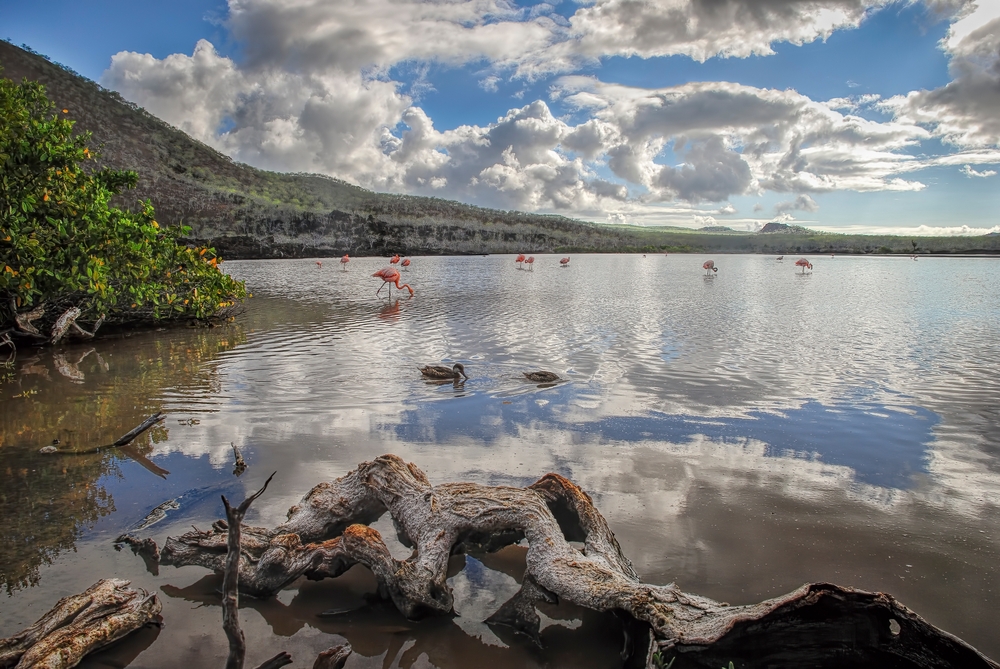
Floreana Island, part of Ecuador’s famed Galápagos archipelago, has a history steeped in mystery and intrigue. It was one of the first islands in the Galápagos to be inhabited by humans, with settlers arriving in the early 1800s. However, the most notorious chapter in its history unfolded in the 1930s, when an eccentric group of European settlers arrived, leading to a tale of disappearances, love triangles, and murder, known as the “Floreana Affair.” This bizarre mystery remains unsolved and continues to captivate historians and visitors alike. Today, it is known for its rich biodiversity, including the endangered Floreana mockingbird and giant tortoises. Its otherworldly landscapes make it a popular spot for eco-tourism, and visitors can explore its volcanic craters and snorkel among colorful marine life.
Diego Garcia – Indian Ocean
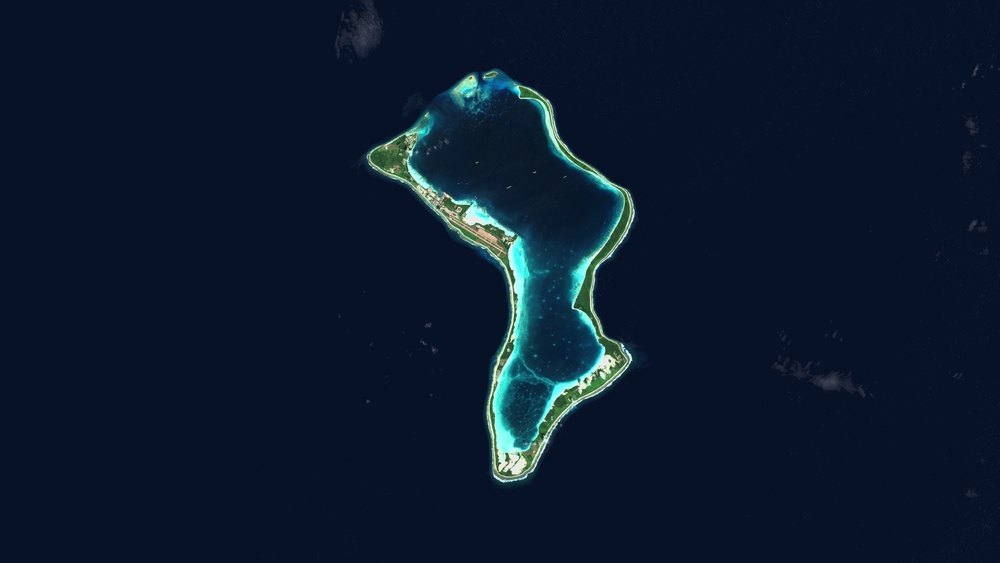
Diego Garcia, a British Indian Ocean Territory, is a coral atoll located in the middle of the Indian Ocean. Its strategic position has made it a focal point in global military operations, particularly for the United States, which maintains a naval base on the island. Its original inhabitants, the Chagossians, were forcibly removed in the 1960s and 1970s to make way for the military base, a controversial event that has sparked numerous legal battles and calls for their return. It played a crucial role during the Cold War, serving as a staging ground for U.S. military operations in the Middle East. It remains off-limits to tourists, with access restricted to military personnel.
Jan Mayen – Arctic Ocean
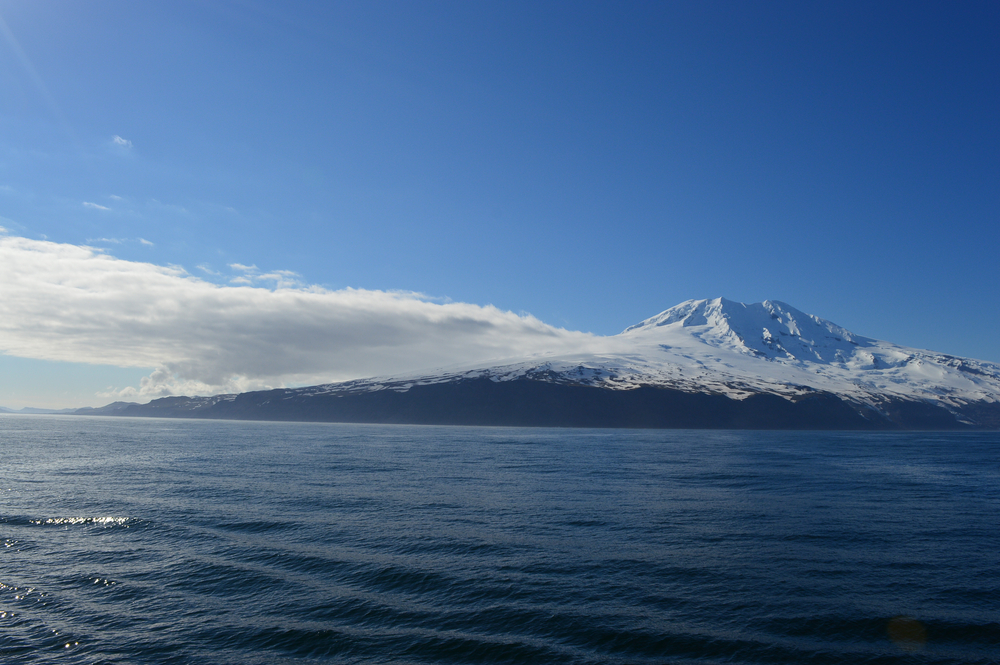
Jan Mayen is a small volcanic island located in the Arctic Ocean, under Norwegian sovereignty. It is dominated by Beerenberg, an active volcano and the northernmost above-sea volcano in the world. It has a long and fascinating history, dating back to its discovery by Dutch whalers in the early 17th century. It was named after Dutch navigator Jan Jacobszoon May van Schellinkhout, who first charted it in 1614. Throughout its history, it has been used as a base for whaling and later, weather stations, especially during World War II when it became a crucial location for monitoring weather patterns in the North Atlantic. Today, it is home to a Norwegian meteorological station, and only a handful of people live there on a temporary basis. Its extreme isolation and hostile environment make it one of the most remote and least visited places on Earth, offering a glimpse into the raw beauty of the Arctic.
This article originally appeared on Rarest.org.
More from Rarest.org
19 Unique Military Vehicles Used in Uncommon Roles

Military vehicles are known for their versatility, often being repurposed for roles beyond their original design. From combat tanks turned into rescue vehicles to armored transports used in firefighting or border patrol, these machines have proven adaptable in a wide range of situations. Read More.
15 Famous Sports Traditions That Fans Love

Sports traditions have a way of bringing fans together, creating unforgettable moments that go beyond the game itself. Whether it’s a pre-game ritual, a crowd chant, or a unique celebration, these customs build a sense of community and excitement. Read More.
15 Unique Vintage Buses That Shaped Public Transport History

Public transport has been shaped by countless innovations, and vintage buses played a significant role in this transformation. These buses, from early models with basic designs to more advanced vehicles with groundbreaking technology, helped move millions of people efficiently. Read More.
